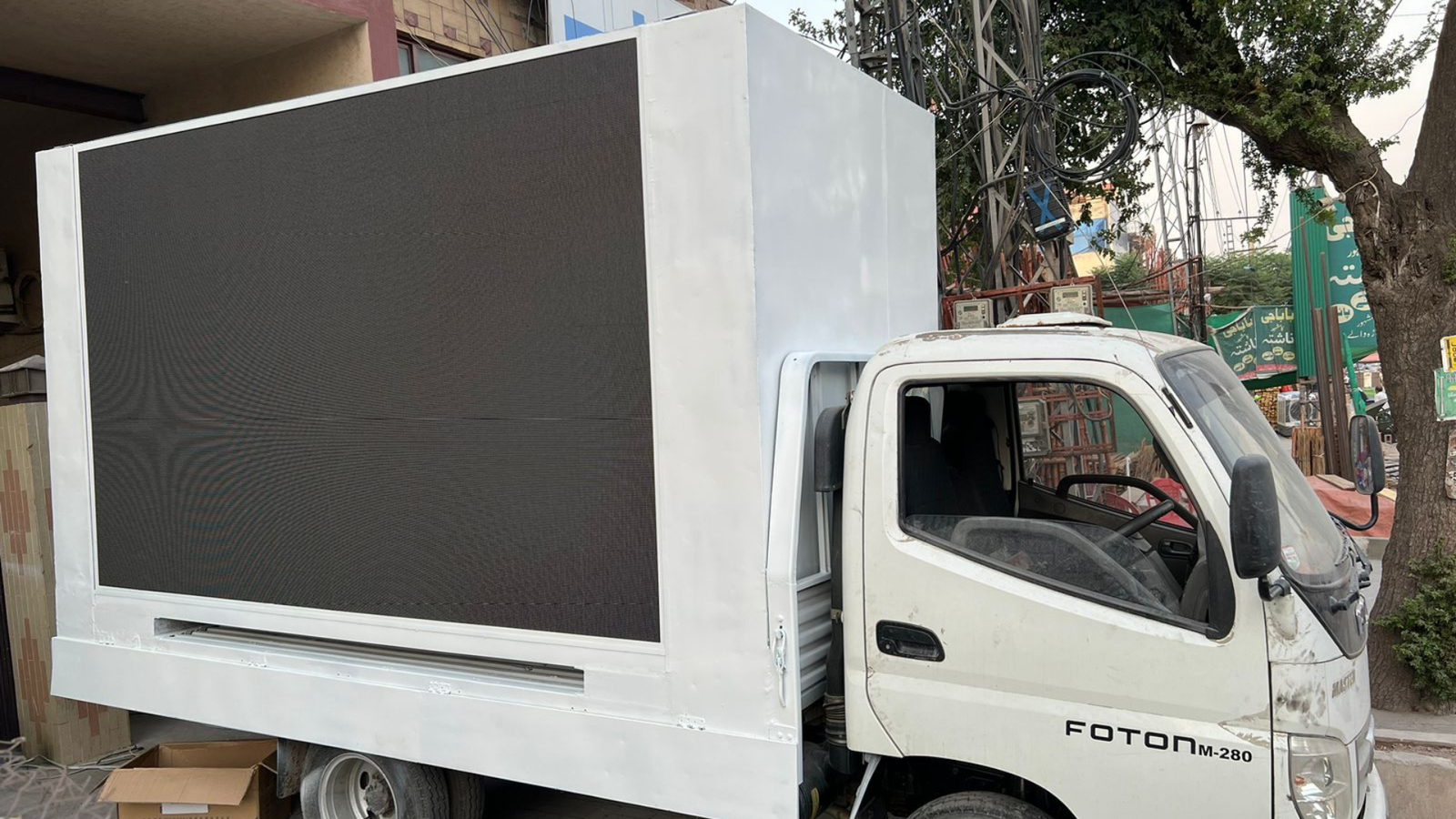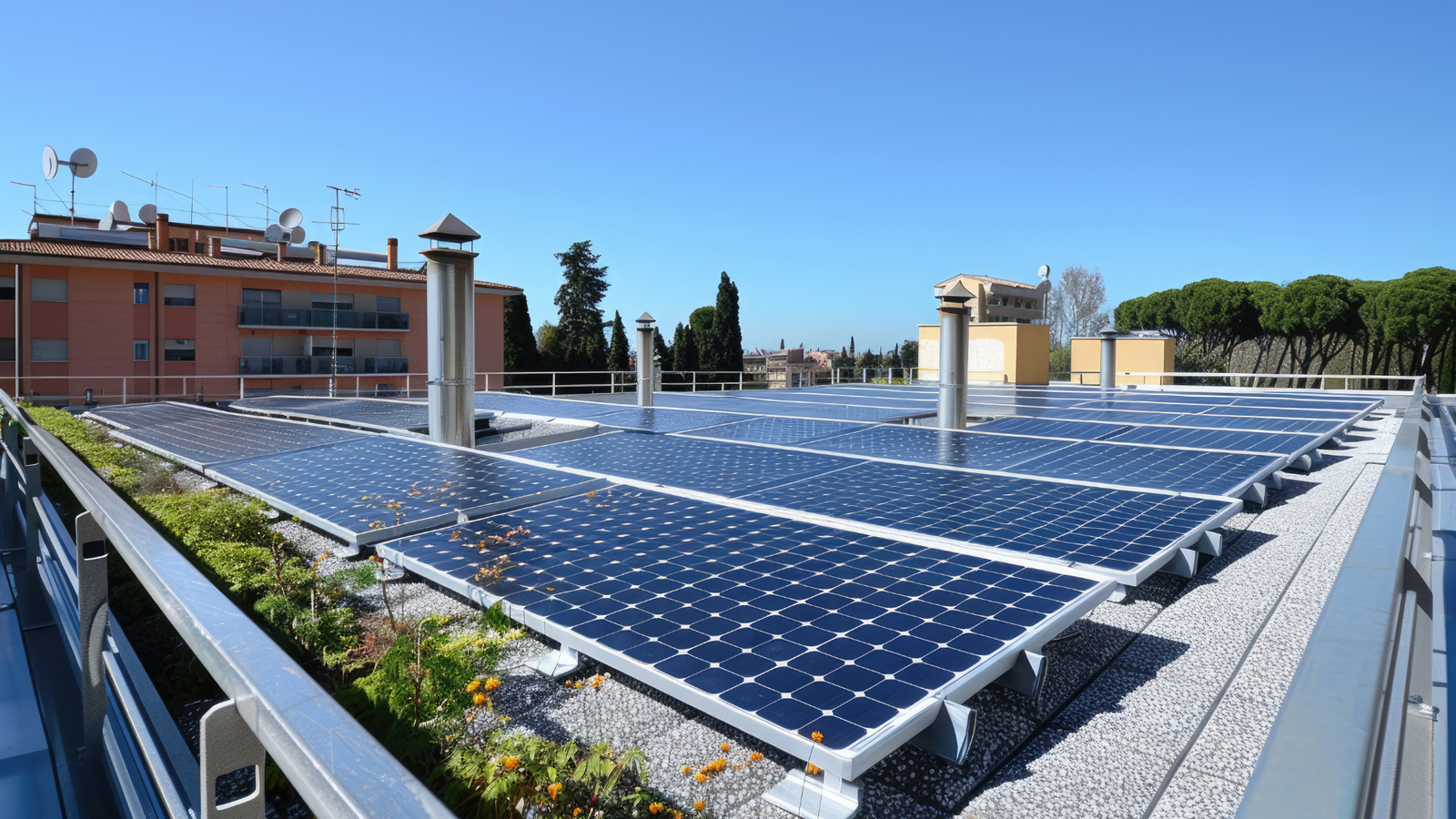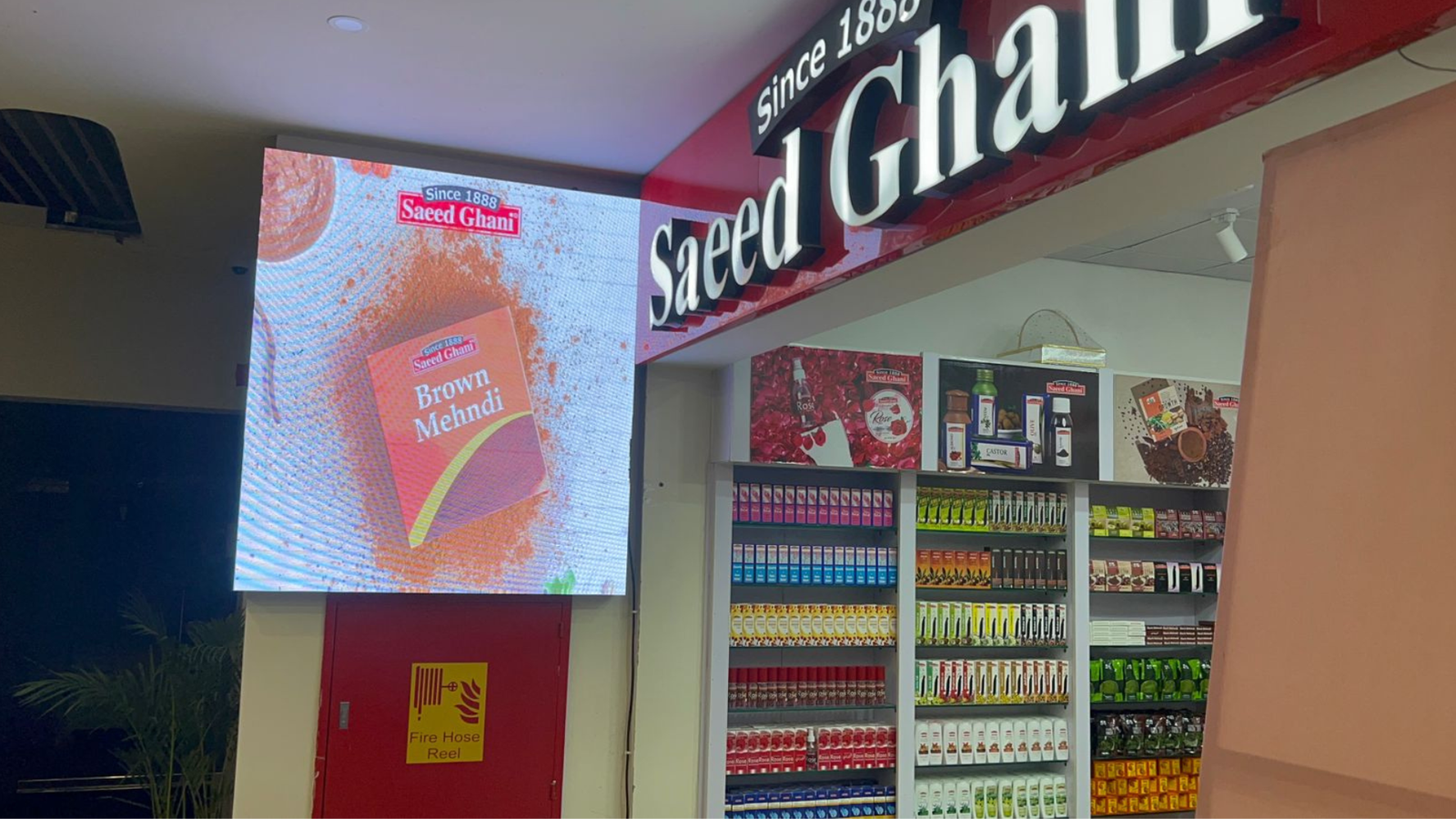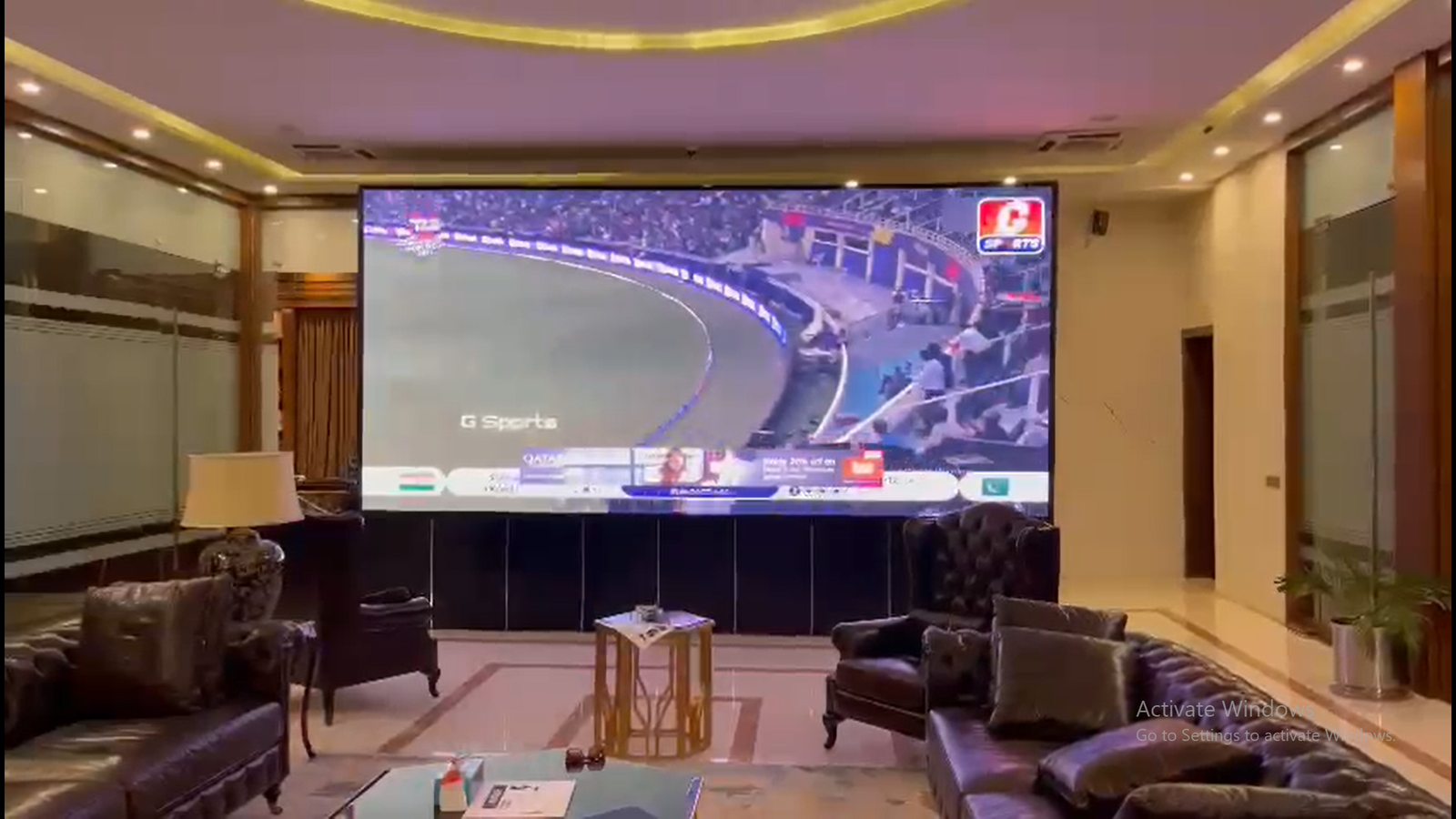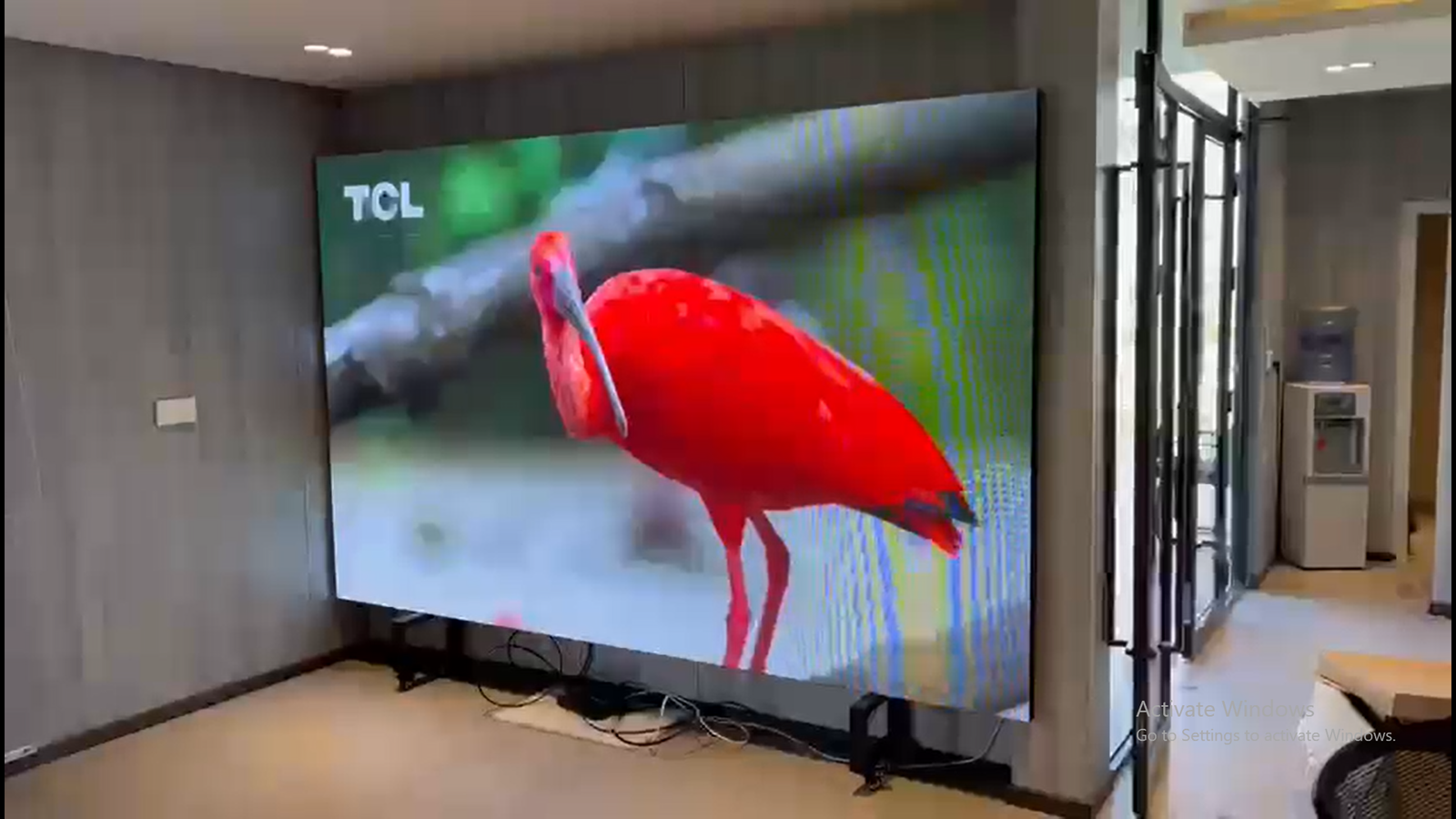The Ultimate Guide to Indoor Screens: Revolutionizing Digital Display Solutions
In the age of digital transformation, indoor screens have become an essential part of marketing, entertainment, and information dissemination. These advanced display technologies, including LED screens, SMD screens, and video walls, offer high-resolution visuals for indoor environments, making them perfect for various applications. From malls and airports to conference halls and event spaces, indoor screens are paving the way for interactive and engaging displays.
This comprehensive guide will dive deep into the world of indoor screens, exploring their types, applications, and benefits while covering key aspects such as pricing and technology advancements in Pakistan.
1. What Are Indoor Screens?
Indoor screens refer to digital displays used for indoor environments to showcase advertisements, videos, presentations, or information. They use advanced technologies like LED panels, SMD screens, and LED video walls to deliver high-quality visuals in spaces like retail stores, hotels, and exhibition centers.
2. Key Types of Indoor Screens
LED Screens
LED screens (Light Emitting Diode screens) are among the most popular display solutions for indoor use. They provide superior brightness, high contrast ratios, and vibrant color accuracy. Whether used for presentations or advertising displays, LED technology ensures crystal-clear visibility even in brightly lit indoor environments.
- LED on screen: This term refers to the vivid quality and sharpness that LED technology delivers, making it a preferred choice for commercial and entertainment purposes.
SMD Screens
SMD screens (Surface Mounted Device screens) are a type of LED screen where the LED chips are directly mounted onto the surface of the panel. These screens offer a more seamless and compact design with better resolution and are widely used in smaller indoor spaces.
- SMD module LED: This refers to the modular design of SMD screens, allowing for custom sizes and configurations.
- SMD LED screens are known for their excellent image quality and wide viewing angles, making them ideal for indoor use in settings like indoor digital signage and advertising displays.
LED Video Walls
LED video walls are large display solutions composed of multiple LED panels joined together to form a single, seamless screen. These are often used for events, concerts, and indoor venues requiring large, high-resolution displays.
- Indoor LED video walls offer versatility, as they can be arranged in various sizes and shapes.
- Video walls provide an immersive viewing experience, perfect for indoor advertising LED display screens.
3. Applications of Indoor Screens
Advertising Displays
Indoor screens are increasingly used for digital advertising displays in commercial spaces such as malls, airports, and train stations. With high-definition LED screens and SMD screens, advertisers can deliver vibrant and engaging content.
- Digital standees and display standees are commonly used for promotional content in showrooms, trade shows, and exhibitions.
Events and Conferences
Indoor screens, especially LED video walls, are frequently used at events and conferences to display presentations, videos, and live streams. LED screens for events enhance the overall experience by offering dynamic visuals that captivate audiences.
- LED board: This refers to standalone screens or panels often used for displaying schedules, branding, or event information.
Indoor Digital Signage
Businesses use indoor digital signage to guide, inform, and engage visitors. From digital advertising display screens to indoor digital display boards, these screens are effective for interactive content, wayfinding, and product information.
- Indoor digital advertising screens: These are especially common in stores, hotels, and public spaces where companies want to reach targeted audiences with dynamic and engaging messages.
Retail Displays
Retail environments leverage indoor screens to showcase products, run promotions, and engage customers. Indoor digital display screens offer flexibility in content management, allowing retailers to change displays in real-time based on customer interactions or seasonal promotions.
4. Indoor LED Screen Prices in Pakistan
The indoor LED screen price in Pakistan varies depending on the screen size, resolution, and technology. Here’s a look at some average prices:
- Indoor LED display screen price: For smaller, high-definition displays, the price typically ranges between PKR 50,000 to PKR 150,000 depending on the brand and resolution.
- Indoor LED video wall price: Large-scale installations like video walls can cost upwards of PKR 500,000, depending on the size and customizations.
- SMD price in Pakistan: SMD LED screens are slightly more expensive due to their superior quality and compact design. Prices for SMD displays typically start around PKR 100,000 for basic models.
For larger, more advanced digital advertising display screens, expect higher pricing, especially for customized sizes and designs.
5. Features and Benefits of Indoor Screens
High Resolution and Brightness
Indoor LED screens and SMD LED screens offer sharp, high-resolution displays with superior brightness and color contrast, even in brightly lit indoor spaces. This makes them ideal for advertising displays and digital signage.
Flexibility and Customization
Indoor screens can be customized in size and shape to fit specific needs. From small wall LCD displays to massive LED video walls, businesses can create tailored solutions to maximize engagement and visibility.
- Wall LCD displays: For businesses that require thinner, more space-efficient screens, wall LCD displays offer a sleek, high-definition option.
Durability and Longevity
Indoor screens, especially SMD screens, are designed for long-term use, ensuring reliable performance even in high-traffic indoor environments. They require minimal maintenance and have a long lifespan.
Versatility for Various Applications
Whether used for advertising displays, digital signage, or indoor digital display boards, indoor screens can be adapted to a wide range of industries, including retail, hospitality, and entertainment.

